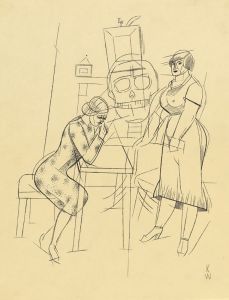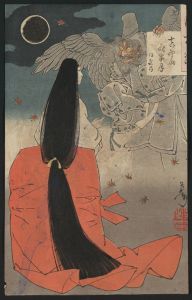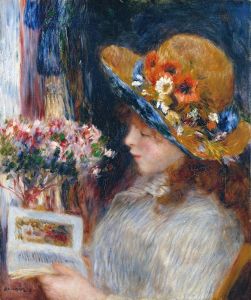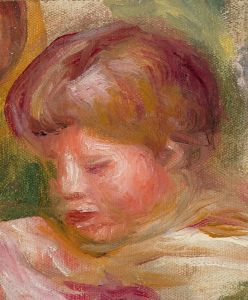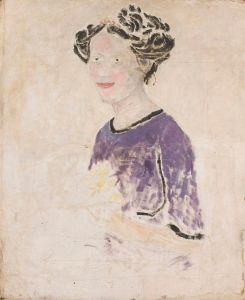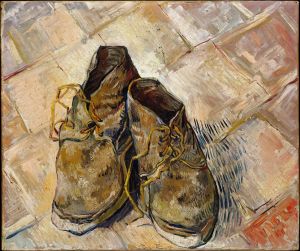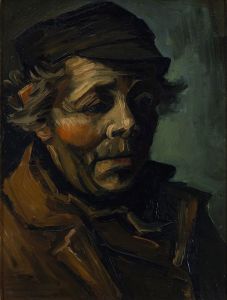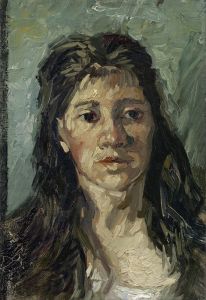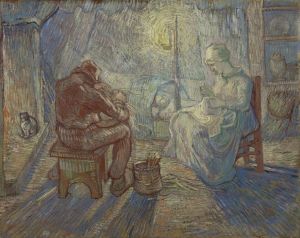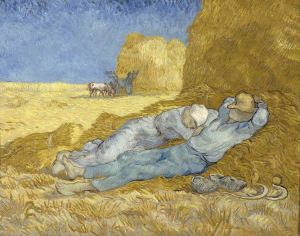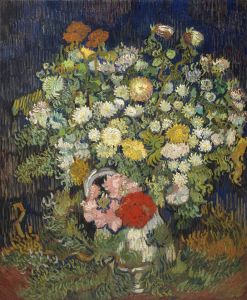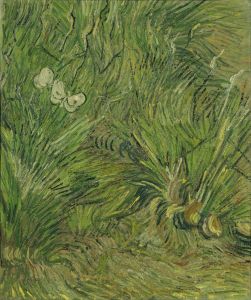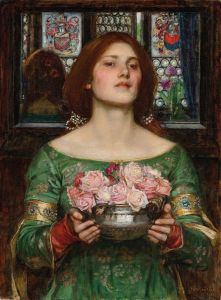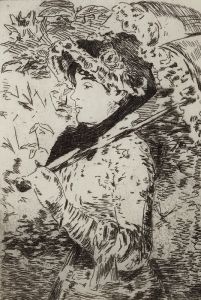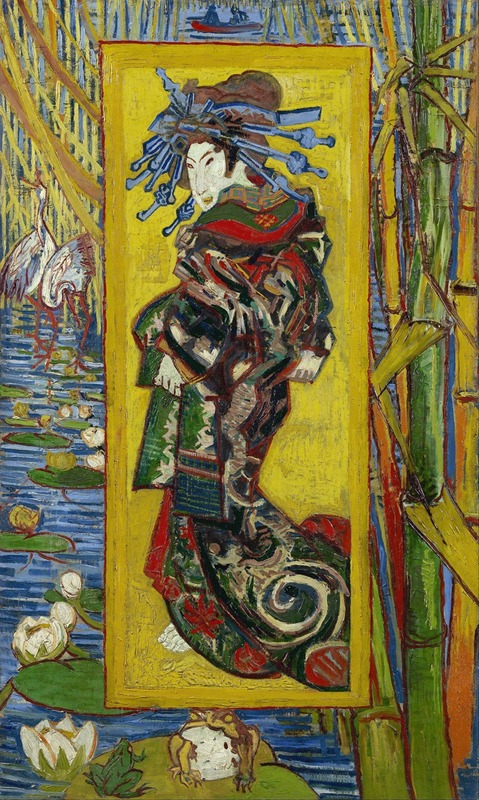
Courtesan- After Eisen
A hand-painted replica of Vincent van Gogh’s masterpiece Courtesan- After Eisen, meticulously crafted by professional artists to capture the true essence of the original. Each piece is created with museum-quality canvas and rare mineral pigments, carefully painted by experienced artists with delicate brushstrokes and rich, layered colors to perfectly recreate the texture of the original artwork. Unlike machine-printed reproductions, this hand-painted version brings the painting to life, infused with the artist’s emotions and skill in every stroke. Whether for personal collection or home decoration, it instantly elevates the artistic atmosphere of any space.
"Courtesan (After Eisen)" is a painting created by Dutch artist Vincent van Gogh in 1887. The work is an oil painting on canvas and is part of Van Gogh's exploration of Japanese art, which had a significant influence on his style during his time in Paris. The painting is based on a woodblock print by the Japanese ukiyo-e artist Keisai Eisen, which Van Gogh encountered in a magazine.
Van Gogh was deeply inspired by Japanese art, particularly the bold colors, flattened perspective, and decorative patterns characteristic of ukiyo-e prints. In "Courtesan (After Eisen)," he reinterpreted Eisen's original image of a courtesan, adapting it to his own artistic style. The painting depicts a woman in traditional Japanese attire, surrounded by a vibrant and decorative background that includes elements such as water lilies, cranes, and frogs. These motifs are not present in Eisen's original work but were added by Van Gogh, reflecting his imaginative engagement with Japanese aesthetics.
The painting is notable for its vivid use of color and intricate detailing, which demonstrate Van Gogh's admiration for Japanese art and his efforts to incorporate its principles into his own work. The composition also reflects Van Gogh's interest in the exotic and his desire to escape the constraints of European artistic traditions.
"Courtesan (After Eisen)" is part of Van Gogh's broader series of works influenced by Japanese prints, which he collected and studied extensively during his time in Paris. This period marked a significant phase in his artistic development, as he experimented with new techniques and styles that would later define his mature work.
The painting is currently housed in the Van Gogh Museum in Amsterdam, where it is displayed as part of the museum's collection of Van Gogh's works. It serves as an example of the artist's fascination with Japanese culture and his ability to reinterpret and transform influences into something uniquely his own.





